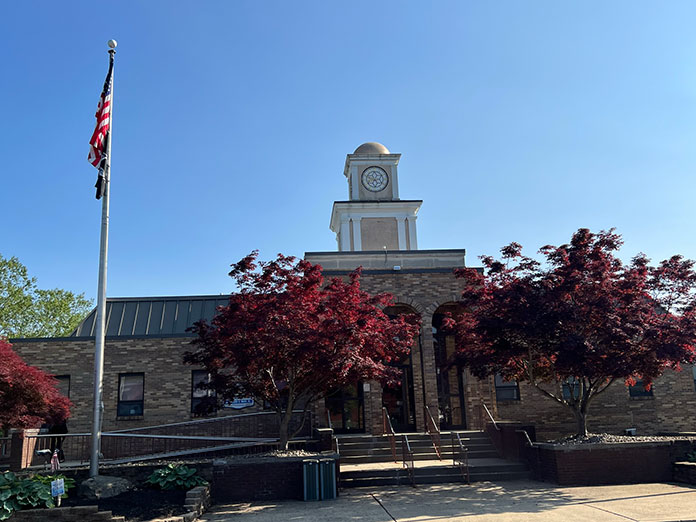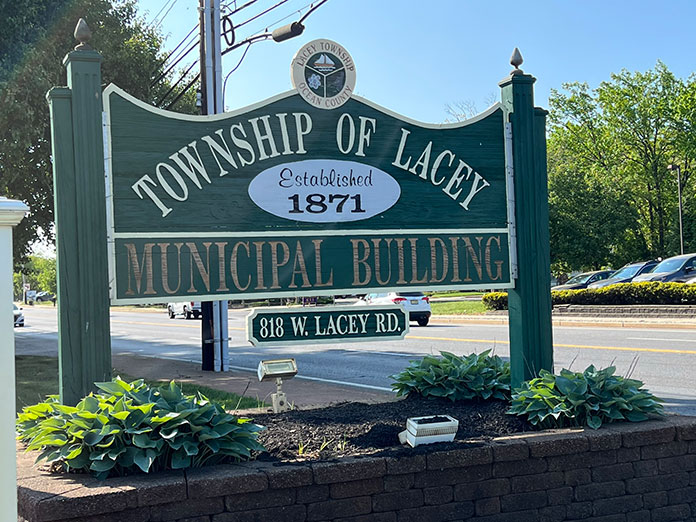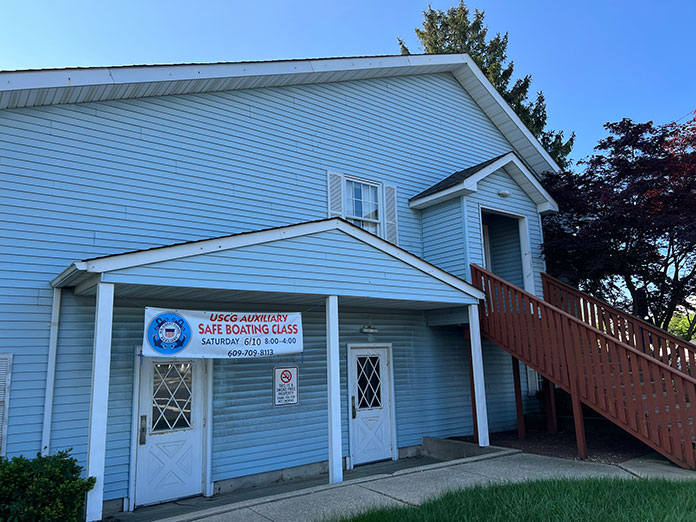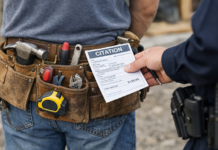
LACEY – Township officials are awaiting a report to see whether it would be better to upgrade current township buildings or construct a new municipal complex. Meanwhile, the proceeds from the sale of specific township assets could be utilized to help finance either project.
Lacey’s current municipal building was built in 1969, when the population totaled just 4,600 residents. The building is now dwarfed as far as its capacity. As of the 2020 census, Lacey has a population of 28,573, making it the 85th largest municipality in the state. Due to the town’s growth, officials said the current building is no longer sufficient to meet the community’s needs.
The police station is also bursting at the seams when it comes to space, as it was originally built to accommodate eight officers. The Lacey Township Police Department headquarters currently serves as a home base for over sixty employees.
Johnson Controls, a Minnesota-based corporation, has been tasked with studying the available options. Township Administrator Veronica Laureigh expects Johnson Controls to issue a report by the end of the month for the governing body’s review. The information will ultimately be made public.

“We are going to have what it will cost to renovate this building and that building,” said Mayor Tim McDonald said at the most recent township meeting that the report will estimate costs to renovate the buildings versus constructing a new municipal complex that would combine town hall, the police station, and an indoor recreation center. If the latter option is chosen, Lacey’s government operations would be situated in a new location.
Any proposed construction would fall under a state program called Public Private Partnership (P3), which would allow Lacey to enter into agreement with a private organization for various aspects of the project. The state would have the final say in determining if Lacey can financially afford development plans within the confines of its own budget.
Johnson Controls would be involved in financing the proposed construction and would have access to different avenues to capital than the government entity.
“I cannot bond for this project,” shared Laureigh. “A P3 project doesn’t allow me to bond for the money because bonding for the money is a useful life of a new item that you’re buying – not something that we already have.”
Part of the municipality’s plan is to sell property to fund a downpayment for the project. This includes the former community center, priced initially at $2.9 million and now reduced to $1.5 million due to a lack of bids. The price drop has already attracted three bidders, two of which are restaurant franchise owners.
Any proceeds from that sale would first go towards paying off the $700,000 owed on the Knights of Columbus building, which currently serves as the community center.
Additionally, several 20 x 100 lots are available for purchase, and Fish and Wildlife may buy 72 acres as preserved land. Finally, if the township decides to proceed with a new municipal complex, the current town hall property will also be put up for sale.

Meanwhile, not everyone seems to be on board with the concept of a new construction. Residents stormed the November 2022 governing body’s meeting to express their dismay and spoke out against the consideration of a new municipal complex. While the most recent committee meeting was sparsely attended, two individuals reiterated their opposition to the proposal.
An individual who identified himself as both a public advocate and tax advocate in Lacey for the past 13 years claimed there was a real disconnect between those in power and the people they represent. Richard Bidnick said he joined many other residents who saw no reason the existing structures could not be renovated. Bidnick has also accused some governing body members of “scheming away tax dollars for their own pie-in-the-sky ideas.”
To alleviate the need for more space in Town Hall, Bidnick suggested following the growing trend of allowing employees to work from home. Officials dismissed the recommendation because much of the township work involves confidential information and interaction with the public.
Bidnick urged officials to consider the financial burdens on taxpayers and seriously evaluate the project’s necessity and cost.
Another resident, Steve Bahrle, said he only recently began attending Township Committee meetings and was upset that other residents did not see the need to become active participants. Bahrle expressed his disappointment that local officials would make the determination to build a new municipal complex instead of having the decision made by voters through a public referendum.
During his time at the microphone, Bahrle polled local officials to secure an agreement requiring a referendum on township expenditures in excess of $1 million.
“(This) would prohibit the Township Committee from unilaterally approving the cost of current and future capital expenditures,” said Bahrle, “Exceeding the cost of $1 million.”
The officials responded negatively to Bahrle’s informal survey, noting that although $1 million may seem like a large sum for individual households, it is not significant when managing the town.
As it stands now, township officials stated they plan to review the report from Johnson Controls. The decision-making process won’t happen overnight, as a number of things need to be in place before the governing body votes on how to proceed.






